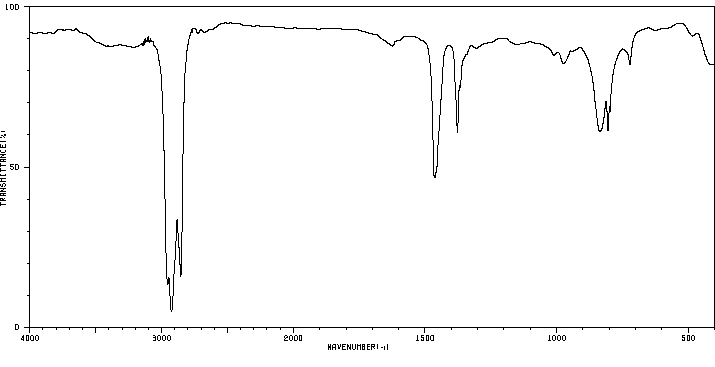毒理性
证据权重特征:根据当前指南(美国环保局,1986年),氯酸盐被归类为D组;由于在人类和动物中的数据不足,无法归类为人类致癌性。根据《致癌物评估指南》草案(美国环保局,1996年),由于缺乏人类数据和动物研究的局限性,无法确定氯酸盐的人类致癌性。大鼠的慢性口服研究没有显示出氯酸盐的致癌活性...在对处理过的雄性小鼠的研究中,肝脏和肺部肿瘤有所增加。 ...在这项研究中,没有看到雌性小鼠肿瘤发生率增加。在为期51周的小鼠皮肤致癌性检测中,氯酸盐没有表现出完全的致癌性...在同一研究中,氯酸盐在DMBA启动后诱发了皮肤肿瘤,但增加无统计学意义。氯酸盐在体外和体内遗传毒性检测中显示出既有阳性也有阴性结果。人类致癌性数据:无。动物致癌性数据:不足。 /基于以前的分类指南/
WEIGHT-OF-EVIDENCE CHARACTERIZATION: Under the current guidelines (USEPA,1986), chlorite is classified as Group D; not classifiable as to human carcinogenicity because of inadequate data in humans and animals. Under the draft Carcinogen Assessment Guidelines (USEPA, 1996), the human carcinogenicity of chlorite cannot be determined because of a lack of human data and limitations in animal studies. Chronic oral studies in rats showed no evidence of carcinogenic activity of chlorite ... Mouse studies showed an increase in liver and lung tumors in treated male mice. ... No increases in tumor incidence were seen in female mice in this study. Chlorite did not act as a complete carcinogen in a 51-week dermal carcinogenicity assay in mice ... In the same study, chlorite induced skin tumors following initiation by DMBA, but the increase was not statistically significant. Chlorite has shown both positive and negative results in in vitro and in vivo genotoxicity assays. HUMAN CARCINOGENICITY DATA: None ANIMAL CARCINOGENICITY DATA: Inadequate. /Based on former classification guidelines/
来源:Hazardous Substances Data Bank (HSDB)







